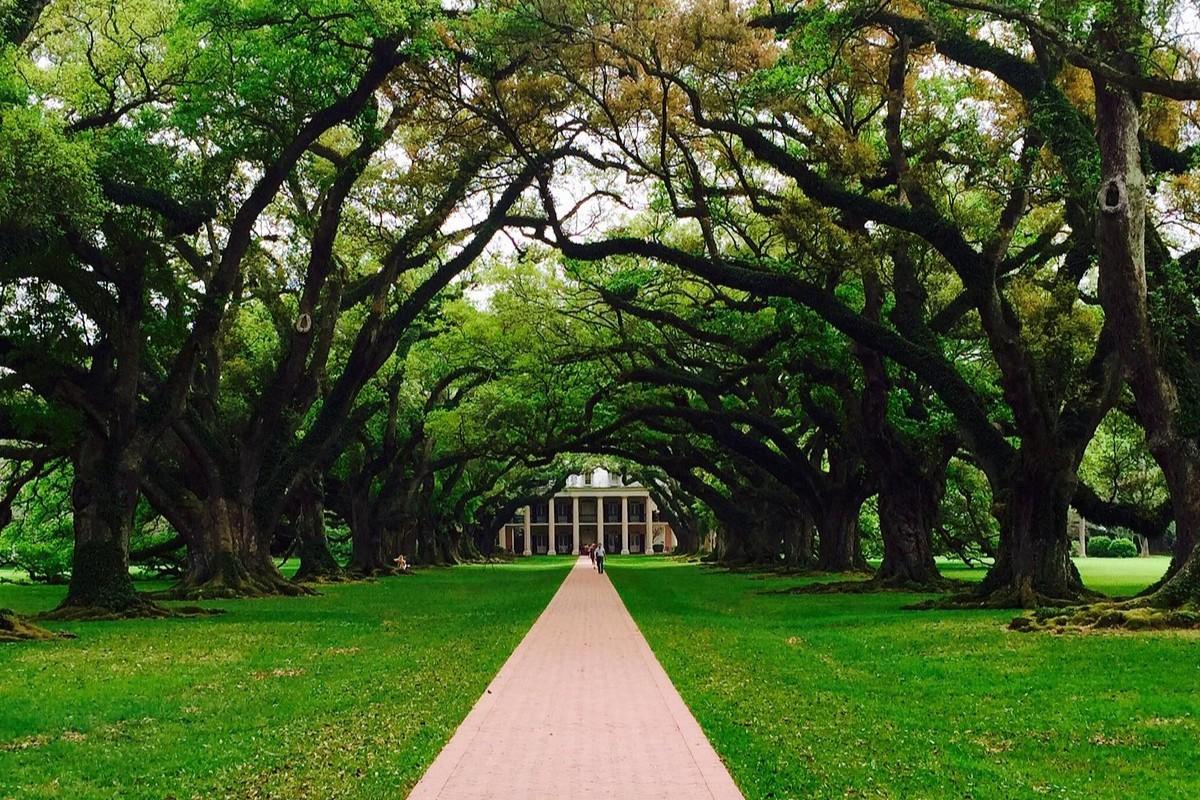Secrets Of Louisiana’s River Road Ruins

Have you ever wondered about the hidden stories behind Louisiana's River Road ruins? These historic sites stretch along the Mississippi River, offering a glimpse into the past. From old plantations to forgotten towns, each ruin has its own tale. Imagine walking through crumbling walls and overgrown gardens, feeling the echoes of history around you. Whether you're a history buff or just curious, exploring these ruins can be a fascinating adventure. In this guide, we'll uncover the secrets of these River Road ruins, sharing tips on where to go and what to look for. Get ready to step back in time and discover the magic of Louisiana's forgotten places.
Discovering Louisiana's River Road Ruins
Louisiana's River Road stretches along the Mississippi River, offering a journey through history. This route is dotted with ruins that tell tales of the past. Let's explore some of the most intriguing sites along this historic path.
1. The Myrtles Plantation
Known as one of America's most haunted homes, the Myrtles Plantation offers a glimpse into the antebellum South. The mansion, built in 1796, has seen its share of tragedy and mystery. Visitors often report ghostly encounters, making it a must-see for thrill-seekers.
2. The Laura Plantation
The Laura Plantation stands out for its Creole heritage. Built in 1805, this plantation offers a unique look at the lives of the Creole people. The colorful main house and the surrounding ruins provide a vivid picture of the past.
3. The San Francisco Plantation
With its distinctive steamboat Gothic architecture, the San Francisco Plantation is a visual delight. Constructed in 1856, this site offers a peek into the opulent lifestyle of its original owners. The surrounding grounds hold remnants of the plantation's working past.
4. The Whitney Plantation
The Whitney Plantation focuses on the lives of enslaved people who worked there. Established in 1752, it is now a museum dedicated to their stories. The preserved slave cabins and memorials offer a poignant reminder of this dark chapter in history.
5. The Evergreen Plantation
Evergreen Plantation boasts one of the most complete plantation complexes in the South. Built in 1790, it includes 37 buildings on the National Register of Historic Places. The ruins of the sugar mill and slave quarters provide a comprehensive look at plantation life.
6. The Houmas House
Known as the "Sugar Palace," the Houmas House dates back to the early 1800s. This grand estate once produced vast quantities of sugar. The ruins of the original sugar mill and other outbuildings offer a fascinating glimpse into the plantation's industrial past.
7. The Destrehan Plantation
The Destrehan Plantation, established in 1787, is one of the oldest along the River Road. The mansion and its ruins tell the story of the region's early settlers. The site also includes a museum that delves into the history of the area.
8. The Felicity Plantation
Felicity Plantation, built in the early 1800s, is known for its role in the film "12 Years a Slave." The ruins of the original structures provide a haunting backdrop to the stories of those who lived and worked there.
9. The Tezcuco Plantation
Tezcuco Plantation, constructed in 1855, was once a thriving sugar plantation. Though a fire destroyed the main house in 2002, the remaining ruins still attract visitors. The site offers a somber reminder of the impermanence of even the grandest estates.
10. The Belle Grove Plantation
Once the largest mansion in the South, Belle Grove Plantation now lies in ruins. Built in 1857, it was abandoned after the Civil War. The crumbling remains of this once-majestic home offer a stark contrast to its former glory.
11. The Ashland-Belle Helene Plantation
Ashland-Belle Helene Plantation, built in 1841, is a stunning example of Greek Revival architecture. Though the main house remains intact, the surrounding ruins tell the story of its operational past. The site offers a picturesque view of the Mississippi River.
12. The Hermitage Plantation
The Hermitage Plantation, established in 1812, was once a bustling sugar plantation. The ruins of the sugar mill and other structures provide a glimpse into the plantation's industrial operations. The site is a testament to the ingenuity and labor of its workers.
13. The Bocage Plantation
Bocage Plantation, built in 1801, is a classic example of Creole architecture. The ruins of the original outbuildings offer insight into the daily lives of the plantation's inhabitants. The site is a beautiful reminder of Louisiana's rich cultural heritage.
14. The St. Joseph Plantation
St. Joseph Plantation, established in 1830, remains a working sugarcane plantation. The ruins of the original slave quarters and other structures provide a sobering look at the lives of those who toiled there. The site also offers tours that delve into its history.
15. The Nottoway Plantation
Nottoway Plantation, built in 1859, is the largest antebellum mansion in the South. The ruins of the original outbuildings and slave quarters offer a stark contrast to the grandeur of the main house. The site is a fascinating blend of opulence and history.
Discover the Magic of Louisiana's River Road Ruins
Louisiana's River Road Ruins offer a unique glimpse into the past. These historic sites, from grand plantations to mysterious sugar mills, tell stories of a bygone era. Exploring these ruins, you can almost hear the echoes of history. Each location has its own tale, making every visit a new adventure. Whether you're a history buff or just love a good mystery, these ruins are a must-see. They remind us of the rich culture and complex history of Louisiana. So, next time you're in the area, take a detour off the beaten path. Visit these fascinating sites and let your imagination run wild. The River Road Ruins are more than just old buildings; they're a gateway to another time. Enjoy the journey through history and discover the magic hidden in these ruins.

